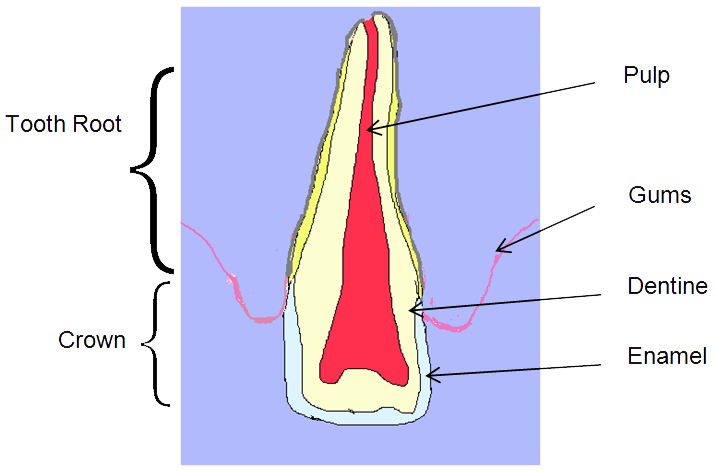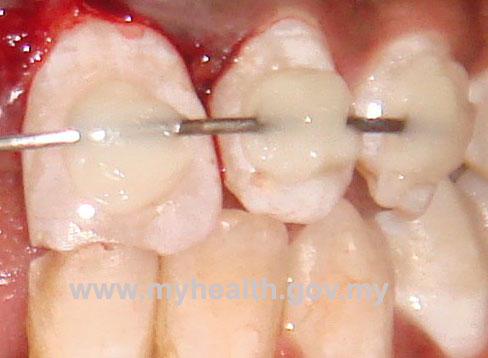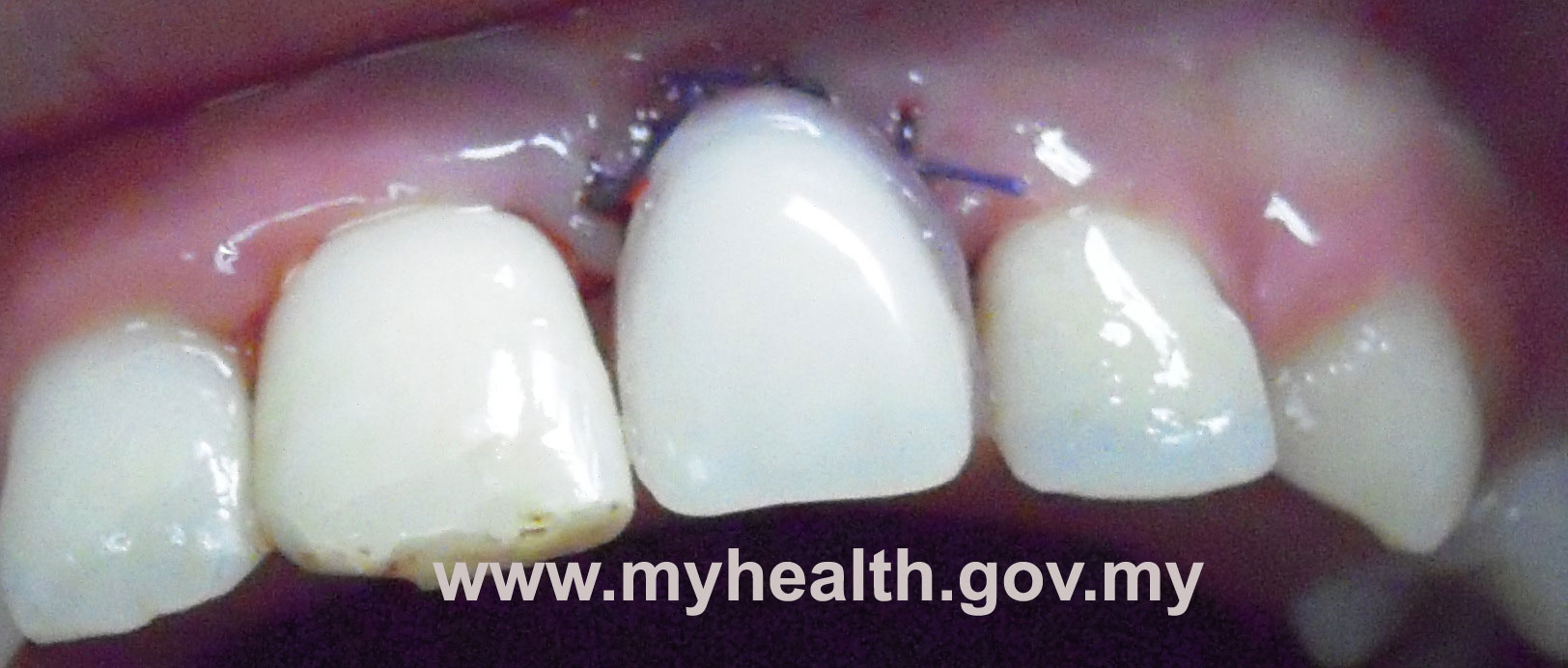Injury To Permanent Teeth
Dental injuries may occur unexpectedly when a child is playing or when an accident takes place. Statistically, a quarter of school going children experience injuries to their permanent teeth. Similarly, amongst adults, approximately a quarter sustain injuries to their permanent teeth. (U Glendor, 2008).
What type of injuries can occur?
- Concussion
- Subluxation
- The impact onto the tooth has resulted in tooth mobility. There will be some bleeding around the gums, but the tooth is not displaced from its original position.
- The impact onto the tooth has resulted in tooth mobility. There will be some bleeding around the gums, but the tooth is not displaced from its original position.
- Luxation
- Avulsion
- The tooth has been completely knocked out of its socket
- The tooth has been completely knocked out of its socket
- Crown fracture
- The crown of the tooth is fractured (broken). If the fracture affects the dental pulp, (hyperlink to Tooth Structure above) then an urgent visit to the dentist is required in order to preserve the vitality of the dental pulp.
- If the crown is fractured, and it does not extend into the pulp chamber, then an early appointment with the dentist is required in order to prevent further damage to the tooth pulp. Additionally, the dentist would be able to restore the aesthetics of the broken tooth.
- Root fracture
- The tooth is fractured at or below the level of the gums. There may be some bleeding of the gums as well.
Treatment
Mobile or displaced teeth (Subluxation dan Luxation)
A tooth that has been displaced or is very mobile would need urgent dental treatment.The displaced / loose tooth can be repositioned and a wire splint provided. The splint would keep the tooth firm in its place and allow healing.
The child would require some local analgesia for the procedure and will be provided with painkillers afterwards.
A fractured tooth can be restored. This would greatly improve the aesthetics of the broken tooth.
If there is a root fracture, then the tooth may need to be extracted. The dentist will need to take radiographs and conduct a clinical examination in order to provide treatment options.
If the best option would be to extract the broken tooth, then a denture can be provided to replace the missing tooth. However this would be the last option.

| A denture is provided to replace the extracted broken tooth. |
Reference
- U Glendor, Epidemiology of traumatic dental injuries – a 12 year review of the literature. Dental Traumatology 2008; 24:603-611
| Last Reviewed | : | 11 May 2015 |
| Writer | : | Dr. Yogeswari a/p Sivapragasam |
| Accreditor | : | Dr. Laila bt. Abd. Jalil |












